Owning a home is often seen as a hallmark of success and independence. However, the dream of homeownership can sometimes obscure the less glamorous realities that come with it. The hidden expenses that pop up can catch even the most prepared off guard, turning what seemed like a straightforward monthly budget into a complex financial puzzle. Here are 15 unexpected homeowner expenses that tend to surprise people, and how you can navigate them without losing your cool.
1. Property Taxes

You might think you’ve calculated your mortgage down to the last penny, but property taxes have a sneaky way of inflating your annual costs. They fluctuate based on the assessed value of your home and local tax rates, which can change without much warning. Suddenly, that “fixed” housing cost isn’t so fixed, throwing a wrench into your financial planning. It’s a hard lesson in how homeownership ties you to broader economic trends and municipal budget decisions.
According to a report by Zillow, property taxes can increase rapidly in appreciating markets, sometimes doubling over a decade. It’s a stark reminder of the importance of setting aside a buffer in your budget for these types of financial curveballs. Researching local tax trends before buying can offer some predictive power, but nothing replaces having a cushion for the unexpected. It’s like preparing for a rainy day that inevitably will come.
2. Homeowners Insurance

Most people anticipate having to pay for homeowners’ insurance, but the scope and variability of these costs can be startling. Premiums aren’t static; they’re influenced by factors like natural disasters, neighborhood crime rates, and even the age of your home. A seemingly benign storm season can lead to increased rates the following year, and suddenly, your insurance bill is much higher than before. This unpredictable nature can make it difficult to pin down an annual budget.
In addition to the premiums, there are deductible costs that you might not think about until a claim is necessary. Not all damages are created equal, and insurance policies often have specific stipulations for different types of claims. Understanding the fine print of your policy can save you from financial shock when you need coverage the most. It’s an ongoing exercise in vigilance and education regarding your home’s protection.
3. Ongoing Maintenance
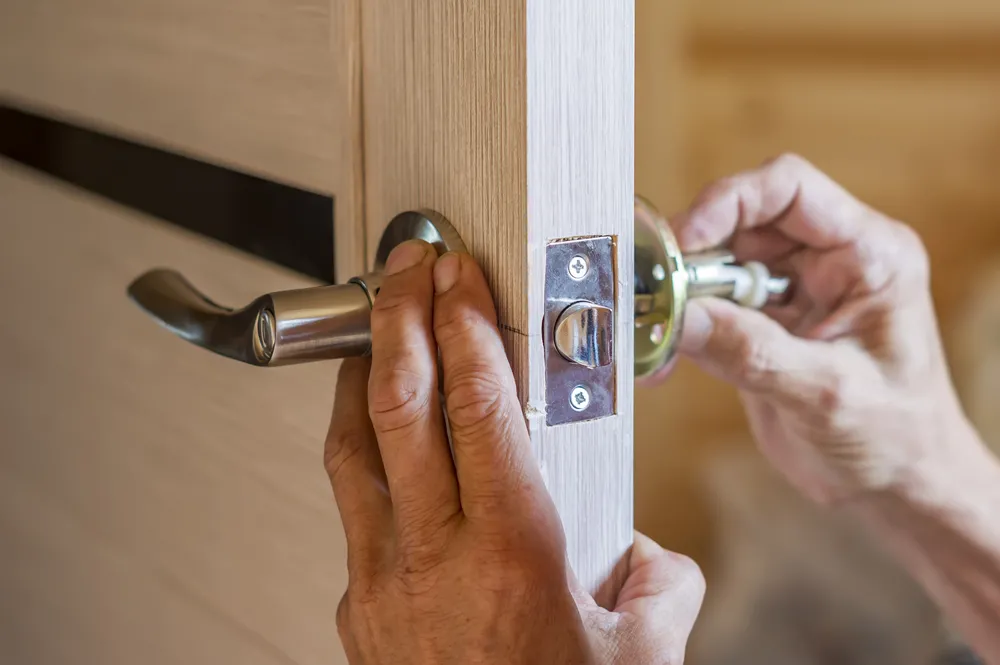
The joys of homeownership often meet their match in the relentless march of maintenance and repair costs. Whether it’s a leaky roof or a failing furnace, these expenses crop up with annoying regularity. The average homeowner spends about 1-4% of their home’s value annually on upkeep, according to the National Association of Home Builders. It’s an unending cycle, and if you’re not prepared, it can feel like your home is a hungry beast devouring your savings.
The unpredictability of these costs means the best strategy is to set aside a maintenance fund. Keeping up with regular inspections can also prevent minor issues from ballooning into significant expenses. A proactive approach helps, but the reality is that these costs are part and parcel of keeping a home in good condition. Accepting this fact can make the financial responsibility of homeownership feel less like a burden and more like a manageable part of life.
4. Unexpected Utilities

When you’re renting, these costs are often bundled or managed by the landlord, masking their true impact. However, once the mantle of homeownership falls on your shoulders, you’re in for a potentially rude awakening. Variations in weather, energy prices, and your home’s efficiency can send utility bills soaring. Learning to manage these costs becomes an exercise in energy efficiency and smart home practices.
Simple changes like better insulation, energy-efficient appliances, and conscious consumption can make a significant difference. Monitoring your usage and adjusting your habits can lead to a more predictable utility expense. This isn’t just about saving money; it’s about adapting to a new way of living sustainably within your means.
5. Costly Landscaping
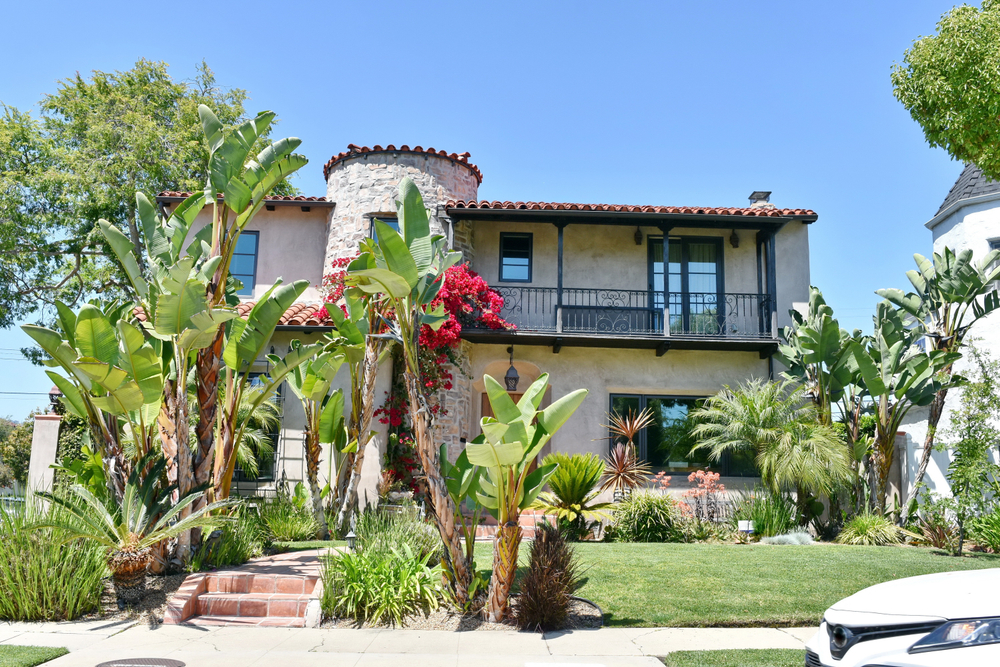
The lush lawn you admired when you first saw your home can quickly turn into a time-consuming and costly endeavor. Beyond basic mowing, there are expenses for fertilization, pest control, and seasonal maintenance. The American Society of Landscape Architects suggests budgeting at least 10% of your home’s value for landscaping, which can come as a surprise to new homeowners. Your outdoor space, while beautiful, demands both time and financial investment.
Hiring professional services can ease the physical burden but increase the financial one. Many homeowners find themselves in a delicate balance between DIY efforts and professional help. Investing in native plants and smart irrigation systems can reduce costs over time, but upfront expenses might feel daunting. The world of landscaping is more than just aesthetics; it’s an art form of managing nature and your wallet.
6. HOA Fees
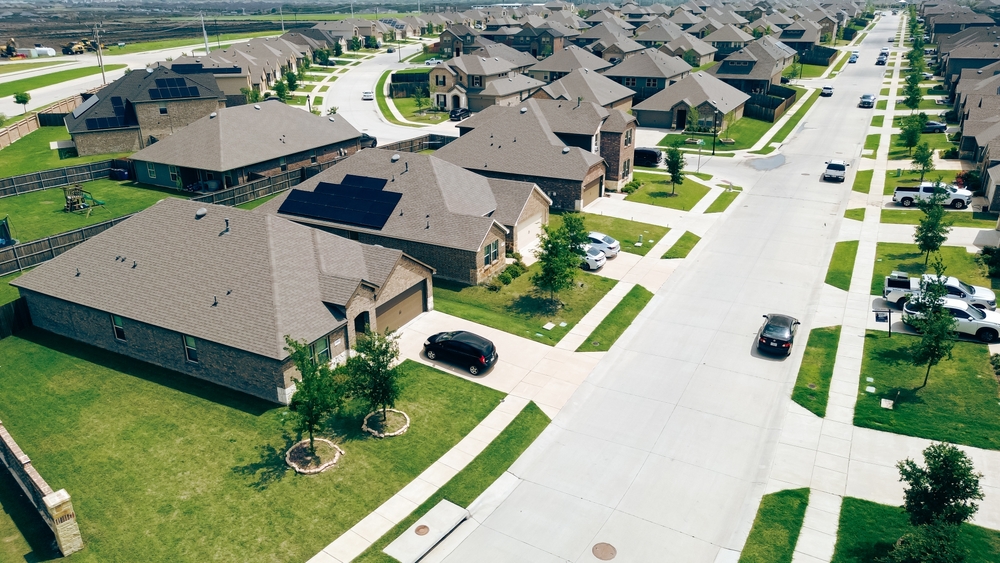
If you’re part of a homeowners association (HOA), consider those monthly or annual fees as an unavoidable link in the chain of homeownership. They cover everything from community landscaping to maintenance of shared amenities like pools or gyms. But these fees can fluctuate, sometimes dramatically, based on community needs and unexpected expenses. It’s another layer of financial commitment that can alter the affordability landscape of your home.
Many people overlook the power an HOA can wield. Special assessments, for instance, can be levied for major repairs or improvements, catching unprepared homeowners off guard. Understanding your HOA’s financial health and decision-making process can help you anticipate future costs. Engaging in HOA meetings and decisions may feel tedious, but it’s a proactive way to manage this aspect of homeownership.
7. Pest Control
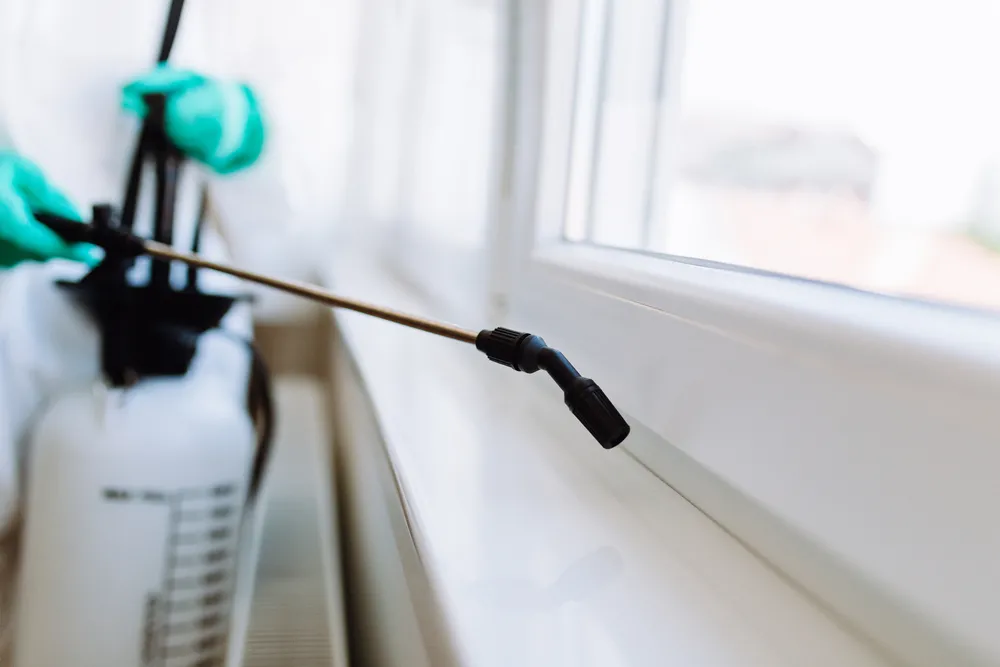
Pest control might not be the first thing that comes to mind when you think of home expenses, but it can become a pressing issue. Insects, rodents, and other unwanted guests don’t just cause discomfort—they can damage your home’s structure. According to the National Pest Management Association, termites alone cause over $5 billion in property damage annually. Ignoring these issues can lead to even greater financial headaches down the road.
Preventive measures are key to managing pest-related costs. Regular inspections and treatments can protect your home from becoming an expensive all-you-can-eat buffet for pests. It’s about understanding the local ecosystem and staying one step ahead of potential intruders. By integrating pest management into your regular maintenance routine, you can protect your home and wallet from unexpected guests.
8. Appliance Replacement
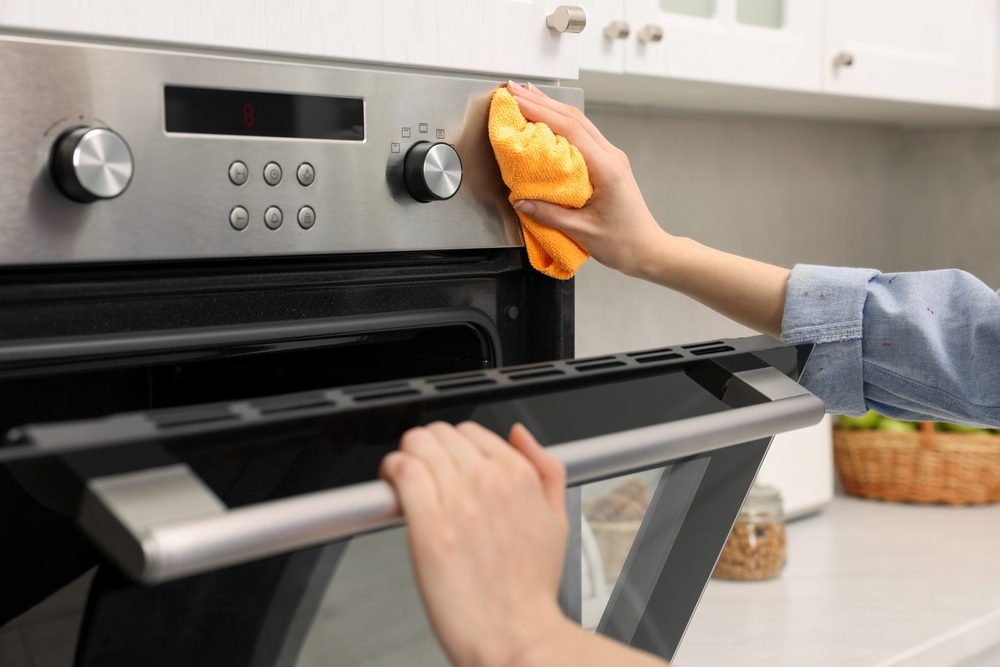
It’s easy to take your appliances for granted until they break down. Unfortunately, the lifespan of major home appliances is finite, and replacement costs are anything but trivial. When your fridge decides to give up the ghost or your washing machine stops spinning, the reality of these expenses hits hard. It’s not just a matter of convenience; it’s an essential part of home functionality.
Saving for this inevitability is a practical approach, as is understanding the warranty and repair options for your appliances. Sometimes a repair is feasible, but often replacement is the only viable option. Researching energy-efficient models can save money in the long run, even if the upfront cost is higher. Being proactive about maintenance can extend the life of your appliances, but having a plan for their eventual demise is wise.
9. Roof Repairs
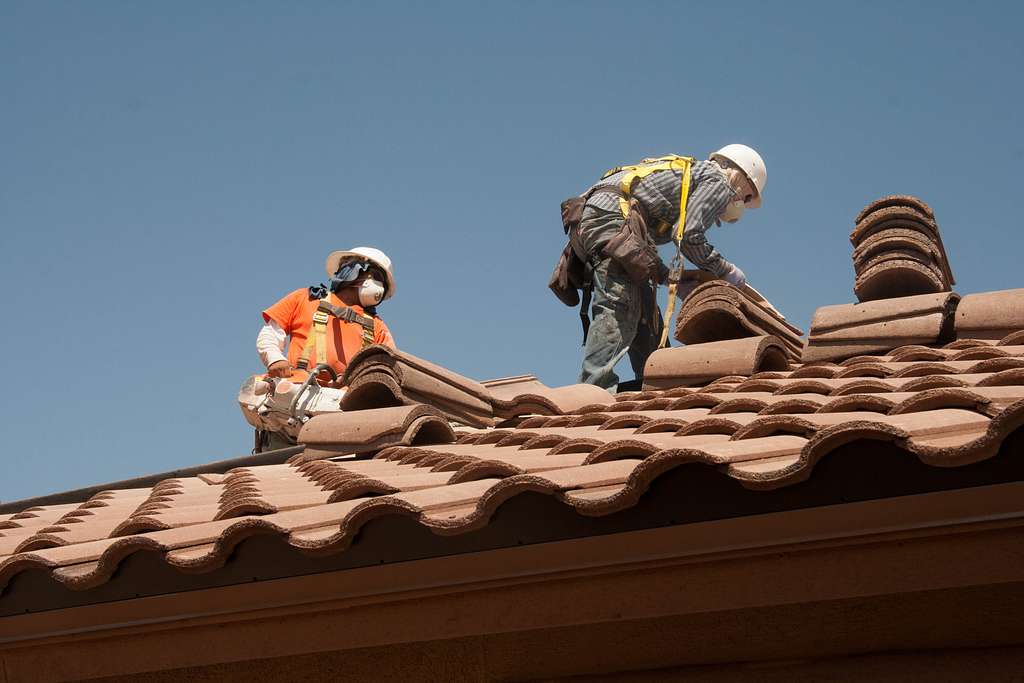
The roof over your head is more than a metaphor—it’s a critical component of your home’s integrity and value. Regular inspections can prolong its life, but eventually, every roof needs repairs or outright replacement. The costs associated with this can be staggering, often climbing into the tens of thousands. It’s a daunting prospect, especially if you’re caught unawares by sudden leaks or damage.
Planning for these expenses requires a long-term view of your home’s future. Setting aside funds regularly can ease the financial burden when the time comes. Understanding your roofing material options and their respective lifespans can also guide your planning. While it may not be the most exciting aspect of homeownership, a sound roof is your first line of defense against the elements.
10. Structural Issues
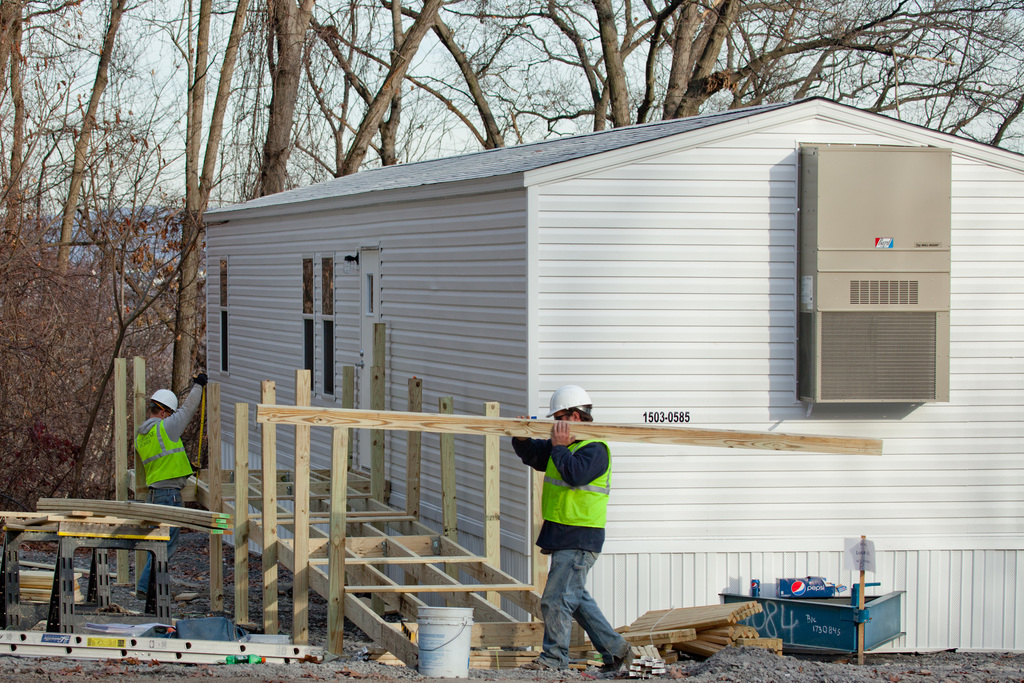
There are few words a homeowner dreads more than “foundation issues.” The structural integrity of your home is non-negotiable, and addressing problems here can be both urgent and expensive. Cracks, shifting, or sinking can indicate serious issues that require expert attention. Ignoring them only exacerbates the problem, potentially leading to safety hazards and increased costs.
Regular inspections and immediate action at the first sign of trouble can mitigate these risks. Investing in quality construction materials and methods during any renovations can also protect against future issues. It’s about understanding the soil and environmental conditions unique to your region. Foundation problems may be hidden from view, but they shouldn’t be hidden from your financial planning.
11. Water Damage
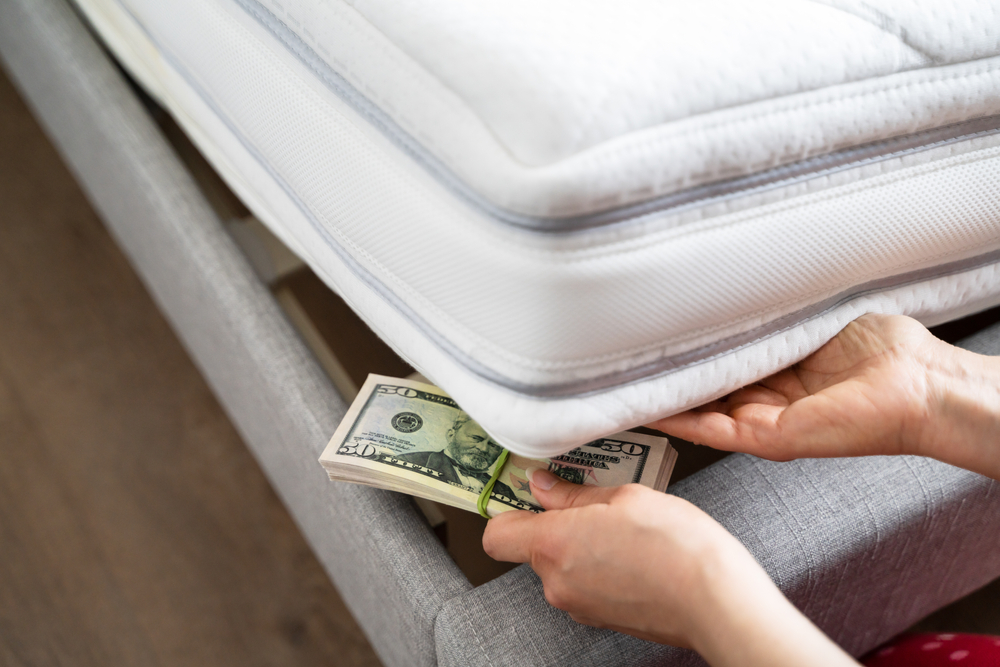
Water damage is a silent adversary, often creeping in unnoticed until significant harm is done. Leaks, floods, or poor drainage can lead to rot, structural damage, and mold growth. Mold remediation, in particular, can be costly and complex, requiring professional intervention. The health risks associated with mold make this an issue that demands swift and decisive action.
Preventive measures like maintaining gutters, sealing windows, and monitoring plumbing systems can stave off water-related issues. Early detection and intervention are crucial in minimizing damage and expense. Regular home checks and prompt attention to water-related concerns are essential practices. While water is a life-giving force, in your home, it demands respect and vigilance.
12. HVAC System Maintenance
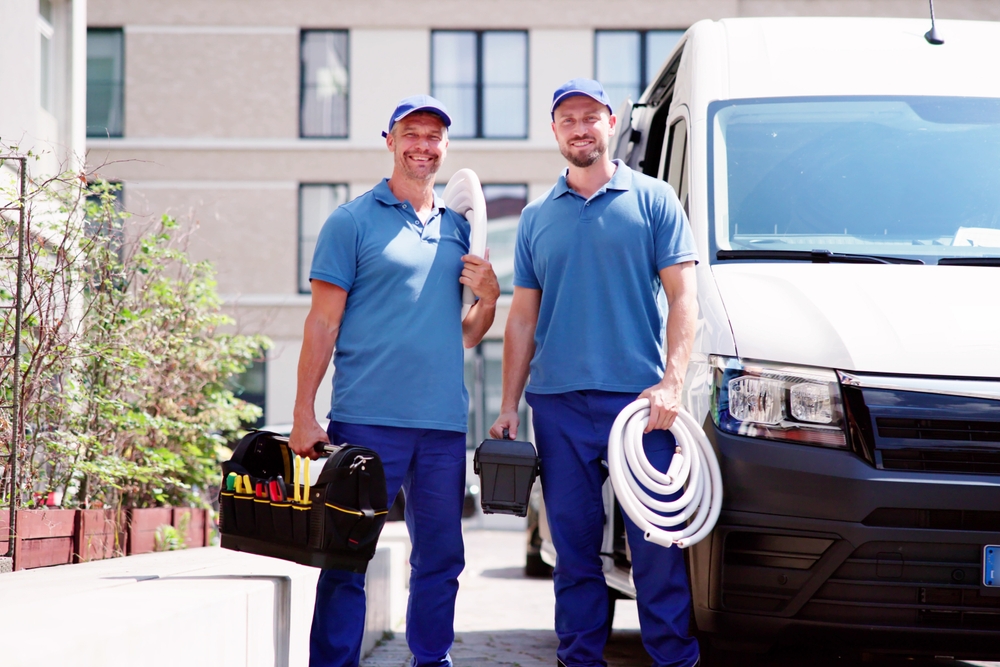
Your HVAC system is the unsung hero of home comfort, silently working year-round to keep the climate just right. But this system doesn’t maintain itself—it requires regular attention to function efficiently and reliably. Neglecting maintenance can lead to breakdowns and a hefty repair or replacement bill. It’s a classic case of pay now or pay more later.
Scheduling regular inspections and filter changes can extend the life of your system and improve energy efficiency. Understanding the signs of wear and knowing when to call in the pros can save you from unexpected failures. Investing in a service contract might seem like an unnecessary expense, but it ensures peace of mind and comfort. Your HVAC system is more than a luxury; it’s a key component of your home’s ecosystem.
13. Plumbing Issues
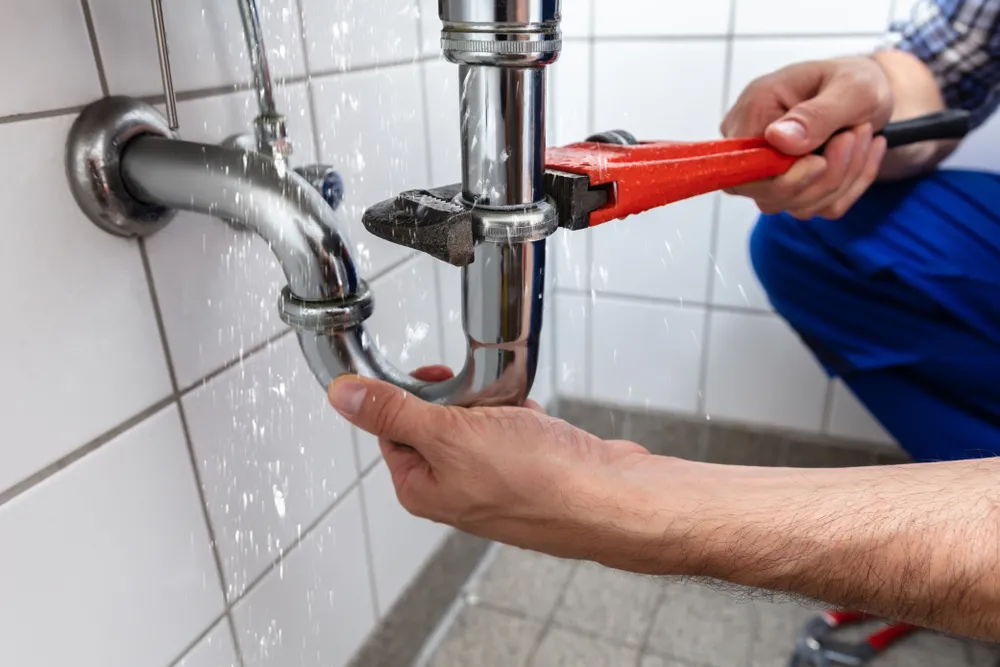
The intricate web of pipes beneath your home is easy to forget until something goes awry. Whether it’s a clogged drain or a more serious sewer line issue, plumbing problems demand immediate attention. These emergencies aren’t just inconvenient; they can lead to water damage and unsanitary conditions. Costs can escalate quickly, making this an unwelcome and often surprising expense.
Routine maintenance and awareness of your home’s plumbing system can prevent many common issues. Getting to know your home’s plumbing quirks and having a trusted plumber on speed dial can ease stress when problems arise. Investing in a sewer line inspection before purchase can uncover hidden risks. While plumbing isn’t the most glamorous aspect of homeownership, it’s one of the most essential and requires respect and diligence.
14. Security Systems

In today’s world, security systems are less about luxury and more about necessity. The initial installation costs can be steep, with ongoing monitoring fees adding to your monthly expenses. But the peace of mind they provide is invaluable, protecting not just your physical possessions but also your sense of safety. It’s an evolving field, with smart systems offering new capabilities but also new complexities.
Balancing cost with effectiveness requires research and sometimes professional guidance. Understanding your neighborhood’s specific security needs can guide your decisions. While DIY systems may offer savings, professional installations often come with added reliability and support. Security is about more than just locks and cameras; it’s about crafting a safe haven for you and your loved ones.
15. Professional Fees

From real estate attorneys to tax advisors, professional fees can add up quickly during the home-buying process and beyond. Whether updating your will, navigating zoning laws, or dealing with property disputes, expert advice often comes with a hefty price tag. It’s an investment in peace of mind and legal compliance, but one that can catch you off guard if not anticipated. Planning for these costs early can alleviate stress when you need expert assistance.
Building a relationship with trusted professionals can be beneficial, offering continuity and familiarity with your specific circumstances. It’s about asset protection and ensuring your homeownership journey is smooth and legally sound. Embracing these relationships as part of your homeownership team can transform these fees from a burden into a valuable resource. Being informed and prepared can make the unexpected seem less daunting.
This article is for informational purposes only and should not be construed as financial advice. Consult a financial professional before making investment or other financial decisions. The author and publisher make no warranties of any kind.








